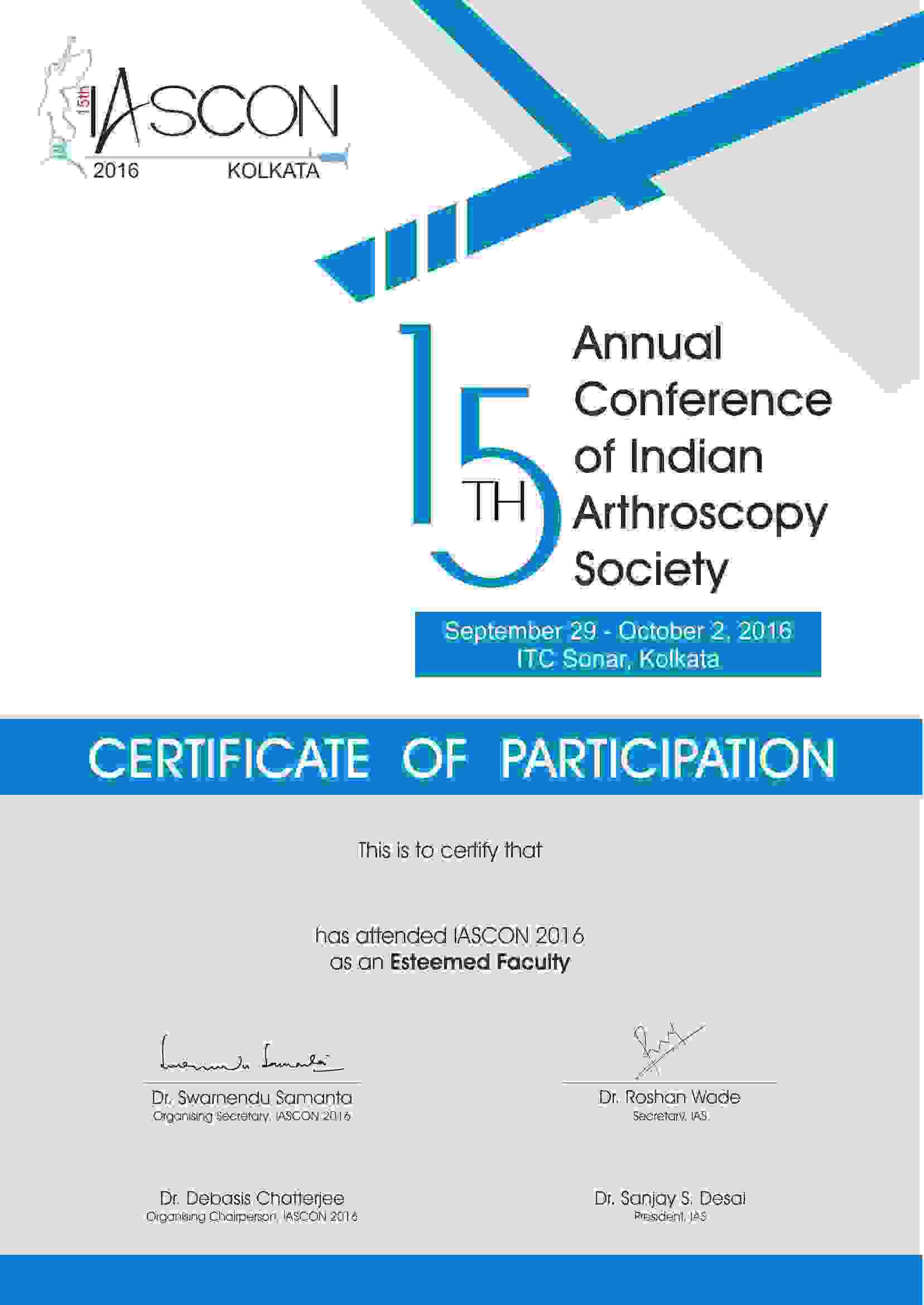Date : 15-07-2021
Photo by De an Sun on Unsplash
Can knee arthritis be prevented? This is the question running through the minds of most middle aged folk as the initial creaks & groans from an ageing joint start to make their presence felt. The answer to this question lies in what causes knee arthritis.
It is popularly felt that knee arthritis is due to the naturally occurring wear & tear of joints, part & parcel of the ageing process. Recent research challenges this view (1) with an alternate view of simultaneous ongoing breakdown & repair, the so-called inflammation-repair cascade. This releases a lot of inflammatory mediators into the joint & they play a part in causing joint damage & pain.
Pain is another vexing component of knee arthritis, equally vexing to both the patient & the clinician. Often X rays don't correlate well with a patient's pain, the patient can be miserable with relatively normal looking X rays & vice versa (2). Insights gained from MRI reveals that the presence of inflammation within the joint (synovitis) or any affection of the bone marrow adjacent to the joint often correlates with pain severity (3). Nerves become hypersensitive to pain in patients with arthritis (4), resulting in heightened pain from trivial stimuli.
One way to prevent arthritis would be to eliminate the risk factors for this disease. There are two types of risk factors: modifiable & non modifiable. One can only focus efforts on the modifiable risk factors, the most prominent of them being:
Weight: the heavier you are, the more you are likely to suffer from knee pain due to arthritis. Get on a diet plan & exercise to reduce weight. Seek professional help.
Alignment: Lots of people have bow shaped legs or knock knees, these malalignments place you at a higher risk of developing knee arthritis. While there is nothing you can do to change your leg alignment, your doctor can surgically alter it to improve your joint longevity.
Metabolic syndrome: comprising diseases like hypertension, diabetes & heart disease predispose you to have faster worsening of pain due to knee arthritis (5). Get a check up from your physician for interventions that keep these problems in check. It also helps to have a healthy lipid profile, keeping cholesterol down.
The common non modifiable risk factors for knee arthritis are: age (rising incidence with age), gender (more in women) & previous knee injury. Contrary to popular belief, genetics does not play a significant role in knee arthritis (6), so stop blaming your genes & start exercising.
Summary
To identify whether you are at a higher risk of developing knee arthritis, you don't need anything more than honesty & a mirror. Ask yourself these questions:
Am I overweight?
Is my knee out of alignment?
A yes to any of these questions should set you on the correct path to recovery through both introspection & intervention by a trusted clinician.
Here is a link to some commonly done knee exercises https://www.youtube.com/watch?
References
1. Hunter DJ, Zienstra BS. Osteoarthritis: A seminar. Lancet 2019; 393: 1745–59.
2. Bedson J, Croft PR. The discordance between clinical and radiographic knee osteoarthritis: a systematic search and summary of the literature. BMC Musculoskelet Disord 2008; 9: 116.
3. Zhang Y, Nevitt M, Niu J, et al. Fluctuation of knee pain and changes in bone marrow lesions, effusions, and synovitis on magnetic resonance imaging. Arthritis Rheum 2011; 63: 691–99.
4. Fingleton C, Smart K, Moloney N, Fullen BM, Doody C. Pain sensitization in people with knee osteoarthritis: a systematic review and meta-analysis. Osteoarthritis Cartilage 2015; 23: 1043–56.
5. Calders P, Van Ginckel A. Presence of comorbidities and prognosis of clinical symptoms in knee and/or hip osteoarthritis: a systematic review and meta-analysis. Semin Arthritis Rheum 2018; 47: 805–13.
6. Van Meurs JB. Osteoarthritis year in review 2016: genetics, genomics and epigenetics. Osteoarthritis Cartilage 2017; 25: 181–89.










